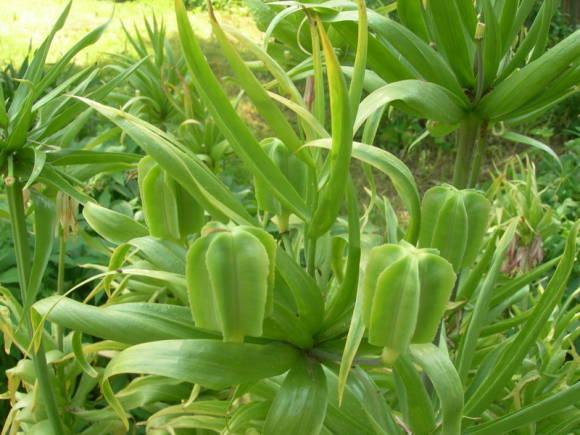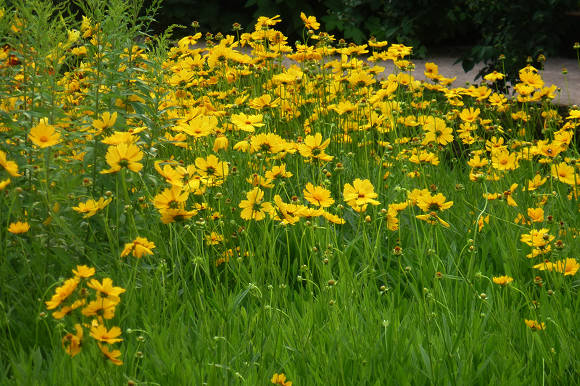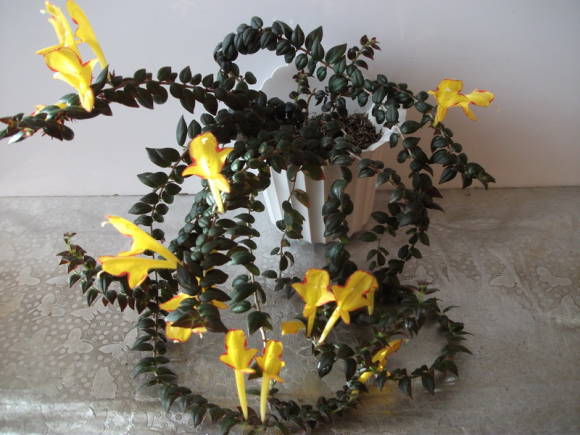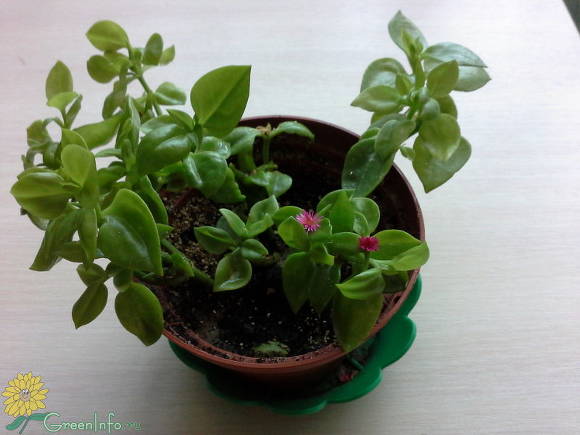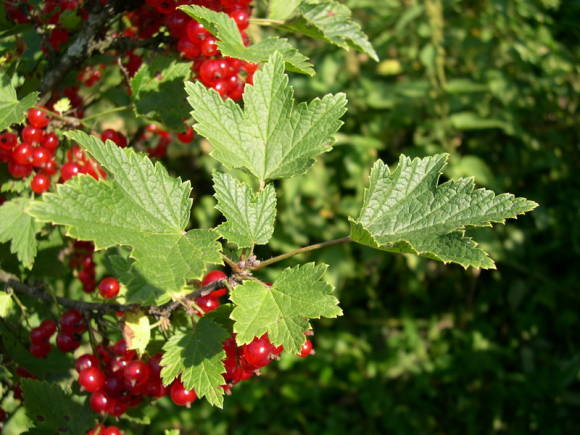 A boring garden located on a flat place! Hills and ravines provoke the owners to build retaining walls, terraces, alpine slides - everything that in the language of landscape designers is called geoplastics. In a garden with a difference in height, stairs inevitably appear, which can be made an interesting element of garden design.
A boring garden located on a flat place! Hills and ravines provoke the owners to build retaining walls, terraces, alpine slides - everything that in the language of landscape designers is called geoplastics. In a garden with a difference in height, stairs inevitably appear, which can be made an interesting element of garden design.
A bit of history
For a long time, garden stairs had a purely utilitarian purpose. With their help, the ancient Romans successfully adapted to the mountainous terrain of their homeland, creating terraced gardens that surrounded the ancient Roman villas.
As an element of landscape design, the staircase first "sounded" in European gardens of the Renaissance. The solemnity of ceremonial marches, white balustrades, sculptures and flowerpots on the sides…. Born in the era of "grand style", all these decorative elements were then replicated many times in classic park ensembles. They can be seen in the palace parks of St. Petersburg, the rich estates of central Russia, the former pioneer camps and sanatoriums located at the very blue sea.
Today is
 Today, the temptation to have a staircase on their site is so great that many owners of flat areas specially create an artificial relief in their garden, just to get the opportunity to arrange at least some kind of a staircase. But the most organic garden stairs, of course, look at areas where there is a quite tangible difference in height.
Today, the temptation to have a staircase on their site is so great that many owners of flat areas specially create an artificial relief in their garden, just to get the opportunity to arrange at least some kind of a staircase. But the most organic garden stairs, of course, look at areas where there is a quite tangible difference in height.
The steps of the stairs must necessarily have a slight forward slope so that rain and melt water does not stagnate. The materials from which the stairs are made are selected in such a way that the feet do not slip on it. It can be wood, brick, concrete blocks, natural or artificial stone. Naturally, concrete and artificial stone are more durable than wood and brick, but these materials look more natural, especially when all kinds of mosses and lichens inhabit them.
The width of the stairs depends on the width of the garden path, and the style of its design is dictated by the general style of the garden. In regular gardens and in the front garden area with elements of regularity, preference is given to classic stairs, on both sides of which vases or flower containers are installed. At the same time, it is advisable to arrange the floral decor strictly symmetrically, at the same distance, trying to select textured plants that are close in size.
 Landscape style gives landscape designers a lot more freedom. In such gardens, the steps of the stairs are populated with plants to give them a picturesque and natural look. Sometimes they are made unequal in size or slightly shifted to the side. At the same time, the staircase, as it were, becomes part of a rocky hill with plants characteristic of a similar landscape - rock ferns, stonecrops, saxifrage, subulate phlox, undersized bells. In order for everything to work out as planned, already at the construction stage it is necessary to provide for special slots or pockets for the plants. Sometimes gaps are left between the slabs, which are then sown with lawn grass or ground cover plants resistant to trampling.
Landscape style gives landscape designers a lot more freedom. In such gardens, the steps of the stairs are populated with plants to give them a picturesque and natural look. Sometimes they are made unequal in size or slightly shifted to the side. At the same time, the staircase, as it were, becomes part of a rocky hill with plants characteristic of a similar landscape - rock ferns, stonecrops, saxifrage, subulate phlox, undersized bells. In order for everything to work out as planned, already at the construction stage it is necessary to provide for special slots or pockets for the plants. Sometimes gaps are left between the slabs, which are then sown with lawn grass or ground cover plants resistant to trampling.
Country style garden - a true find for those who want to show their imagination. On the sides of the stairs in such a garden, you can plant peppers, arrange containers with bright tomatoes, replacing strict pots with flowering annuals with no less spectacular items characteristic of the rustic style. For example, it can be baskets with decorative pumpkins or watering cans with ampelous plants planted in them.


